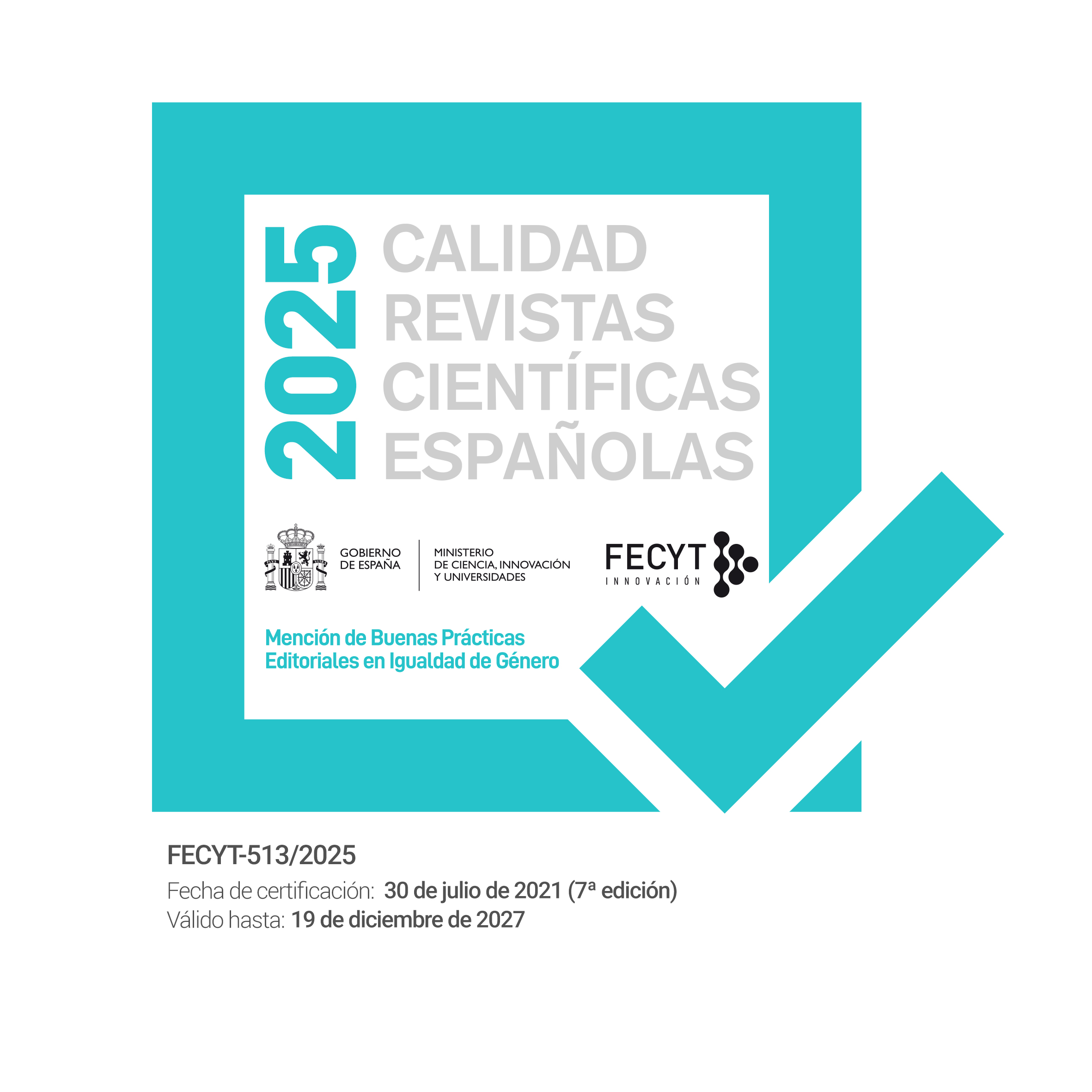ESTILOS DE APRENDIZAJE: SIMBOLISMO ESPACIAL
DOI:
https://doi.org/10.55777/rea.v4i7.929Keywords:
Estilos aprendizaje, Grafología, escuela, enseñanza-aprendizajeAbstract
RESUMEN Durante años, han sido y siguen haciéndose investigaciones y trabajos sobre los estilos de aprendizaje, sobre cómo se enseña, sobre cómo se debería hacer para aprender mejor, para que el día de mañana nuestros hombres y mujeres sean más competentes en cualesquiera de las situaciones que la vida les plantee, aunque en muchas ocasiones se piense que sólo es en el ámbito profesional.
Las representaciones gráficas también forman parte de la manera en cómo se pretende hacer entender lo que se pretende explicar, y ahí surgen las expresiones simbólicas, una cebolla, una cruz, una rosa de los vientos, … Pero no sólo han sido los estudiosos de los EA, cualquier persona utiliza en sus expresiones y en sus forma de comunicación no verbal, gestos y formas con las que transmitir lo que piensan, sienten, hacen, desean,… y al utilizar un útil de escritura y dejar sus marcas sobre el papel, van a proyectarlos y es ahí donde entra la Grafología (aunque no solo) al intentar explicar cómo somos y cómo nos proyectamos.
La propuesta de este trabajo es la de “re-orientar” los esquemas de los modelos empleados en los EA, para que si bien no hay cambios, si se propone una reubicación en base a la psicología y nuestra propia forma de hablar, de pensar, de hacer y de expresarnos.
LEARNING STYLES: SPATIAL SYMBOLISM
ABSTRACT For years, research and studies have been and continue to be done on learning styles, teaching methods, and how to learn more effectively, so that in the future our men and women will be more competent in any of the situations that life presents them with, although in many cases it is thought that these competencies only apply to the professional environment.
Visual representations are also part of how one attempts to make clear that which is being explained, and it is here that symbolic expressions arise: an onion, a cross, a wind rose. But this not only applies to the scholars of EA: everyone uses gestures and mannerisms in their form of expression and nonverbal communication to convey what they think, feel, do, and desire. And when they use a writing instrument and leave their marks on paper, all of this will be projected. This is where graphology (but not only graphology) comes in: when trying to explain who we are and how we project ourselves.
The purpose of this study is to "redirect" the schemes of the models used in the EA, so that even if in the end no explicit changes are made, a schematic repositioning of these models – one based on psychology and our own way of speaking, thinking, acting and expressing ourselves will have been proposed and considered.
Downloads
Downloads
Published
How to Cite
Issue
Section
License
By submitting the original, the author(s) declare that they are aware of and accept, in full, the privacy policy as well as the copyright of the Learning Styles Magazine.
The Learning Styles Magazine offers free and open access to its content, completely free of charge, in order to bring scientific research to its readers and society in general. All digital contents are free and open access and are published under a Creative Commons license:

Rights are granted under the Creative Commons Reconocimiento-NoComercial-SinObraDerivada 4.0 Internacional (CC-BY-NC-ND 4.0)
The Learning Styles Magazine is an open access journal. Publication of articles or reviews in the Journal does not entitle you to any remuneration. For authors as well as readers, the journal is free Creative Commons Reconocimiento-NoComercial-SinObraDerivada 4.0 Internacional (CC-BY-NC-ND 4.0).
With this licence, the reproduction and dissemination of the contents of the magazine for educational, social and knowledge transmission purposes is permitted, without any profit motive in mind, provided that the source and authorship are not modified. The licence granted to Learning Styles Magazine allows the copying and distribution of the magazine's contents, as long as the authorship of the work is recognised, correctly specifying the author and the publishing entity. The work may not be used for commercial purposes, nor may it be altered, transformed or generated from this work.
The publication of articles or reviews in the Journal does not give the right to any remuneration.
The Learning Styles Journal invites the author/authors to increase the visibility and scope of their articles published by re-disseminating them in:
- Web spaces and personal networks, as well as in scientific meetings and forums
- Open institutional archives in Universities, educational repositories and Research Centres.
- Academic and scientific networks (Researchgate, Academia.edu, Plubons, etc.)
All these spaces and publications must include all the bibliographic data of the publication.
























